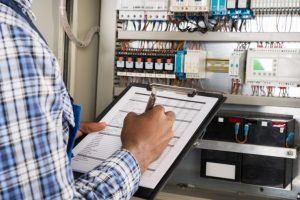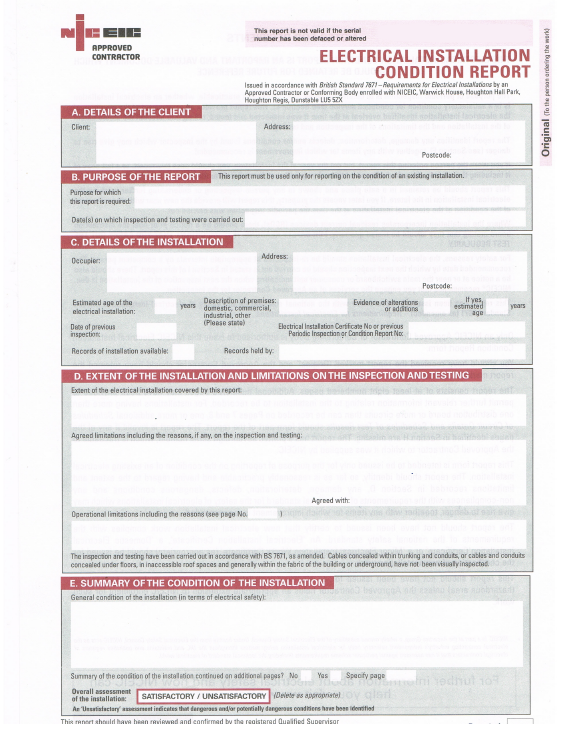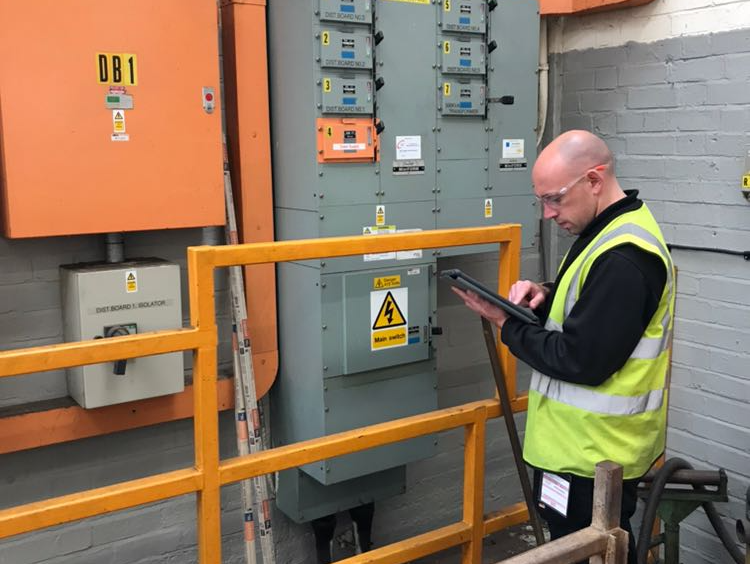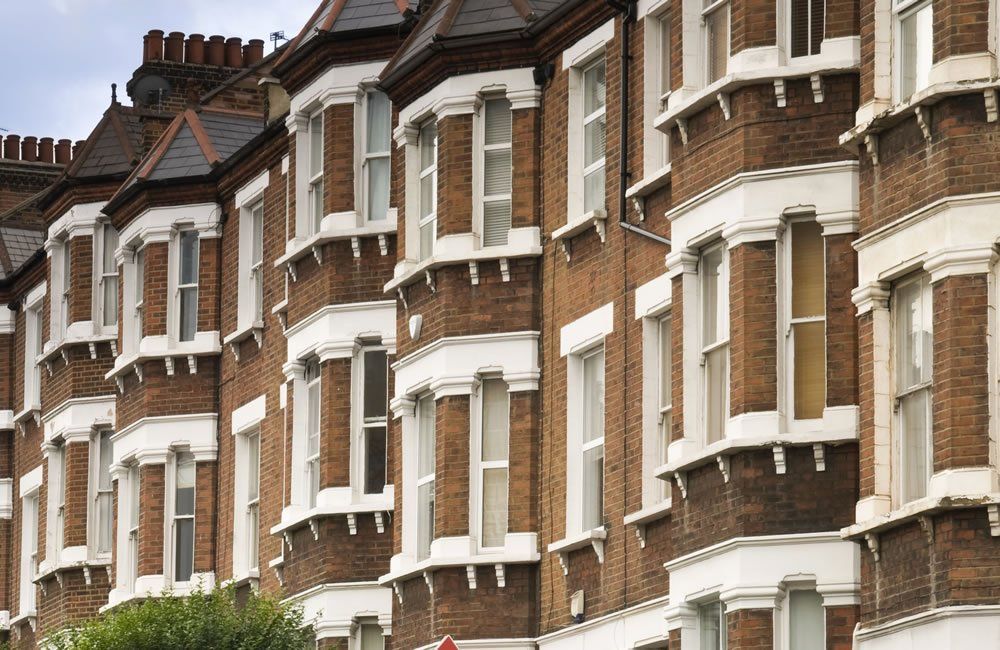Electrical Inspection Condition Report (EICR)
Experts in Ensuring Compliance for Commercial and Industrial Settings
Definition of an EICR
An Electrical Inspection Condition Report (EICR) involves examining the state of current fixed installations. The purpose is to pinpoint any shortcomings adhering to national safety standards. Discoveries are documented in the EICR, prioritizing identified issues.
The EICR aims to:
- Identify overloaded circuits or equipment
- Uncover potential electrical shock and fire risks
- Spot defective work
- Bring attention to earthing or bonding issuesAdditionally, the safety of wiring and fixed components is tested for assurance. A circuit schedule is provided, offering invaluable insight into a property.
Importance of EICR Reports
Over time, all hardwired installations degrade due to use and aging. It is crucial for the maintenance personnel to confirm the safety of users and ensure the continued serviceability of the installation. EICR checks should be conducted at the following intervals:
- Every 10 years for domestic settings
- Every 5 years for commercial setups
- Every 3 years for industrial establishments
- Every 3 years for caravans and annually for swimming poolsOther instances necessitating periodic inspections include property rental preparations, pre-sale assessments, and purchase of previously owned buildings.
Conducting an EICR
EICR inspections, also known as "fixed wire tests," must be carried out by skilled engineers possessing City and Guilds 2391 certification in Inspection, Testing, and Verification of electrical installations. Accreditation from bodies like NAPIT is often required by insurers.
During the inspection
- The approved contractor verifies hardwired installations against the BS7671 standard, encompassing approximately 850 Regulations. Assessments consider factors like earthing, switchgear suitability, equipment serviceability, wiring system type, and residual current devices provision. An Electrical Installation Condition Report (EICR) is issued post-inspection for recordkeeping.
- Type of wiring system and its condition e.g. cables coated in black- rubber, black-rubber was phased out in the 1960s or cables coated in lead or fabric are even older and may need replacing (modern cables use pvc insulation)
- Provision of residual current devices for socket-outlets that may be used to plug in electrical equipment used outdoors
- Presence of adequate identification and notices
- Extent of any wear and tear, damage or other deterioration
- Changes in use of the premises which have led to, or might lead to, deficiencies in the installation.
- The Approved Contractor will provide an Electrical Installation Condition Report (EICR) which you should retain.
Responsibilities And Requirements For Landlords
Until recently the legal requirements were somewhat confusing and a rather grey area.
Under the ‘Landlord and Tenants Act (1985) landlords must ensure that the installation in a rented property is maintained safely throughout a tenancy.
We now have some clarity and as of July 2020 it is now a legal requirement for a property to be electrically inspected & tested at least every 5 year and change of occupancy.
The law currently requires Landlords to provide electrical installation certificates and also places a duty to keep all electrical systems and appliances in good repair and safe working order.
Requirements For Home Owners
BS7671 (Current Edition Wiring Regulations) recommends having an EICR carried out not more than 10 years apart.
It is also important to have this carried out if you are moving out or into a new home. It is common practice to be required to produce these documents during the sale of a property especially if any electrical works has been carried out in previous years. It is advisable to have an EICR carried out if it has never been carried out or you suspect poor quality additions.
If you purchase a new home just because the fuse-board looks new it does not mean it has been inspected and is safe. It should have a 5 page report or installation certificate. If it hasn’t it is likely that it is not complaint with current regulations & a potentially dangerous installation.
The usual cause of most faults and fires are sub standard work or even worse DIY installations. The expression a little bit of knowledge is dangerous springs to mind. Just because something works it does not mean it is necessarily safe and will not go up in smoke or disconnect under fault conditions!
Emergency Light Test from £200
Reliable compliance Testing throughout the UK, We offer a reliable, transparent electrical testing service for all types of properties
Booking in your electrical test is simple, and we pride ourselves on delivering a smooth non-interrupted service.
OUR! 3 Easy Steps to Receive a Satisfactory EICR
TEST
An experienced and qualified electrician will conduct a visual and live inspection upon each circuit. All findings will be recorded.
REPORT
2 working days after inspection you will receive your EICR (report) list any faults which will require correcting.
CORRECTIVE WORKS
CSE will automatically create you a quotation for any corrective works, meaning you can book in immediately.
Fast Service
Next day Commercial 5 year EICR test Service
Competitive Rates
Commercial EICR inspections from £6.00 per circuit
Quick Turnaround
Receive a satisfactory report within 10 workings days

